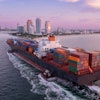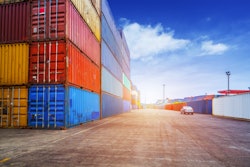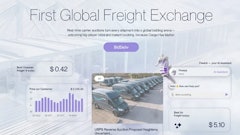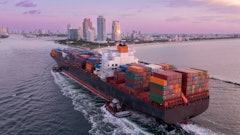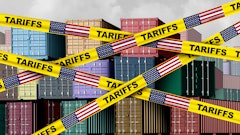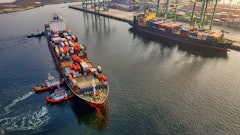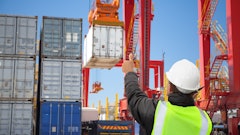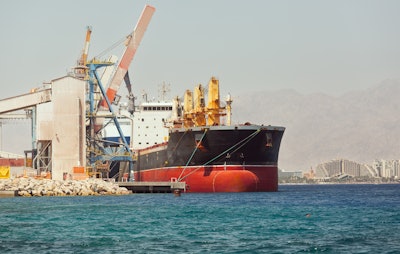
One year ago, tension erupted in the Red Sea when Houthi rebels started attacking global shipping. Since then, Houthis have targeted over 90 commercial vessels, damaging over 30 ships and sinking two. Attacks continue in the area, with the most recent drones attempting to attack a U.S. warship. What’s more, supply chains are still recovering from the disruption.
While container vessels are the most affected, they are not the only ones rerouting to avoid the Red Sea, according to a recap provided by project44.
“The ongoing Houthi rebel attacks on commercial vessels in the Red Sea have drastically impacted global shipping routes, particularly through the Suez Canal, leading to significant delays and disruptions. Carriers have been forced to reroute vessels, resulting in increased transit times of up to 47% on key trade lanes, especially those connecting Asia to Europe and the U.S. The rerouting has hit European ports the hardest, while the U.S. East Coast has seen less disruption due to the Panama Canal offering an alternative route. As tensions continue, the safety of frontline seafarers remains paramount, while the global supply chain faces ongoing uncertainty,” according to project44.
Key takeaways:
- Major ocean carriers continue to avoid the Red Sea and face high transit times throughout peak season.
- Vessel types most disrupted by the attacks are container, followed by tankers and bulk vessels.
- Despite the peak season for ocean shipments, November only saw 115 container vessels passing through the canal, a 72% reduction compared to 2023. This trend is expected to continue, with carriers likely to reroute around Africa or use the Panama Canal until tensions in the Red Sea are resolved. Yemen is a strong ally of Gaza and will likely not let up until a peace treaty is reached between Israel and Gaza.
- Southeast Asia to the U.S. East Coast has a 47% increase to transit time and a 33% increase to Europe. China to Europe has seen a 25% increase to transit time.
- Sailing schedules are still seeing delays of 4-6 days but have improved by up to 70% since February.
- As vessels divert to avoid the Red Sea, transit times have increased by an average of 7-14 days for lanes that traditionally pass through the canal.
- Median transit times have surged to approximately two months. Southeast Asia, a key exporter of electronics, clothing, accessories, and footwear, is particularly affected.


